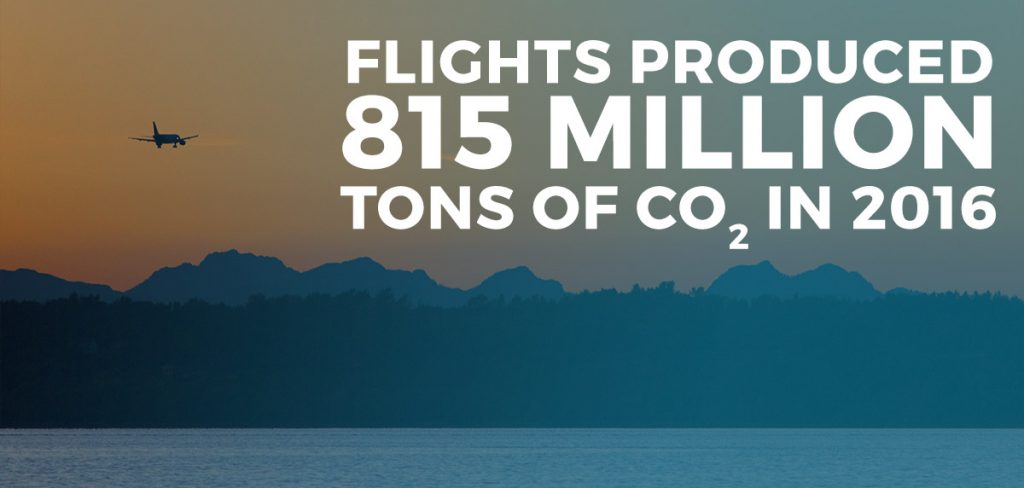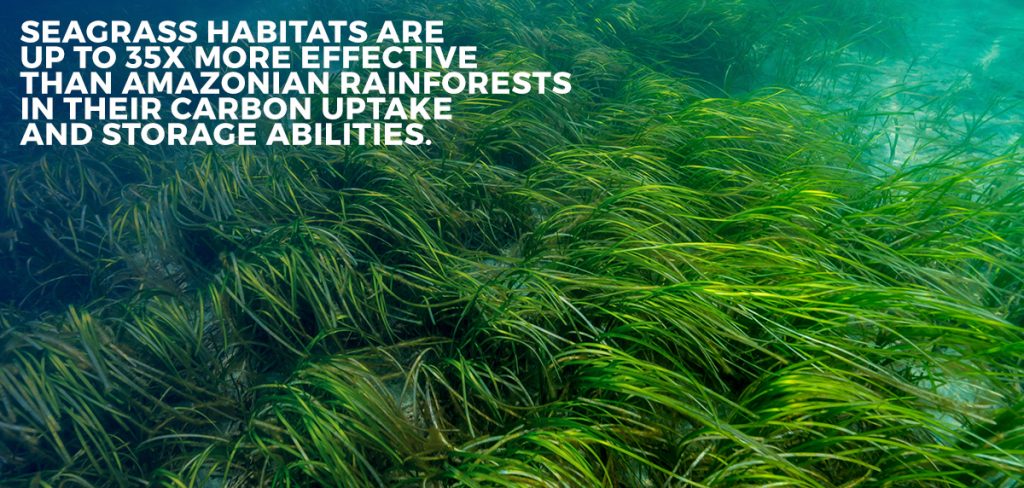Do you fly a lot? Although aviation is a relatively small industry, it accounts for 4-9% of the total climate change impact of human activity and is likely to double or triple by 2050. Compared to other modes of transport, such as driving or taking a train, air travel has a greater climate impact per passenger per mile, even over longer distances.
Here are a few tips and tricks to lower your travel-related carbon footprint. The first obvious step to reducing your carbon emissions from air travel — simply fly less. If you can’t do that, alter your flying patterns with the tips below…
Take longer vacations!
Tell your boss you have to take a longer vacation; it’s better for the environment! The longer the vacation, the less frequently you will fly each year. Also, think about vacationing closer to home so you don’t need to fly. Be adventurous— take a train or bus!

Fly economy
First class seats take up more space and therefore increase the amount of fuel used per passenger. Fly nonstop. This is a more efficient use of fuel, and who wants to stop anyway? Pick an airline committed to high environmental standards, fuel efficiency or a carbon offset program. We recommend JetBlue, as they actively work to promote the environmental health of their destinations, in addition to offering flight offsets. British Airways and Southwest recycle all cabin waste.

Use public transit instead of a cab to get to your next location
You’ll get to see more of your destination this way! Staying overnight? Research environmentally friendly hotels or eco-resorts. Ask your hotel about their environmental standards and the steps they’re taking to reduce their carbon output.
Don’t forget to turn off your stuff while you’re away
Turn down your thermostat and your water heater. Unplug ALL your electronics. The average charger consumes 2.24 watts of energy even when a fully charged device is connected to it.
Offset your carbon footprint

Calculate and offset the CO2 created by your trip. The Ocean Foundation’s SeaGrass Grow program plants seagrass, mangroves, and salt marsh in coastal areas to absorb the CO2 from the water, while terrestrial offsets will plant trees or fund other greenhouse gas reduction techniques and projects.
Links/Sources:
JetBlue http://www.jetblue.com/green/offsetting/
SeaGrass Grow https://oceanfdn.org/calculator
Photo Credits:
Jakob Owens / Unsplash
Benjamin Voros / Unsplash
Patrick Fore / Unsplash
Gus Ruballo / Unsplash







